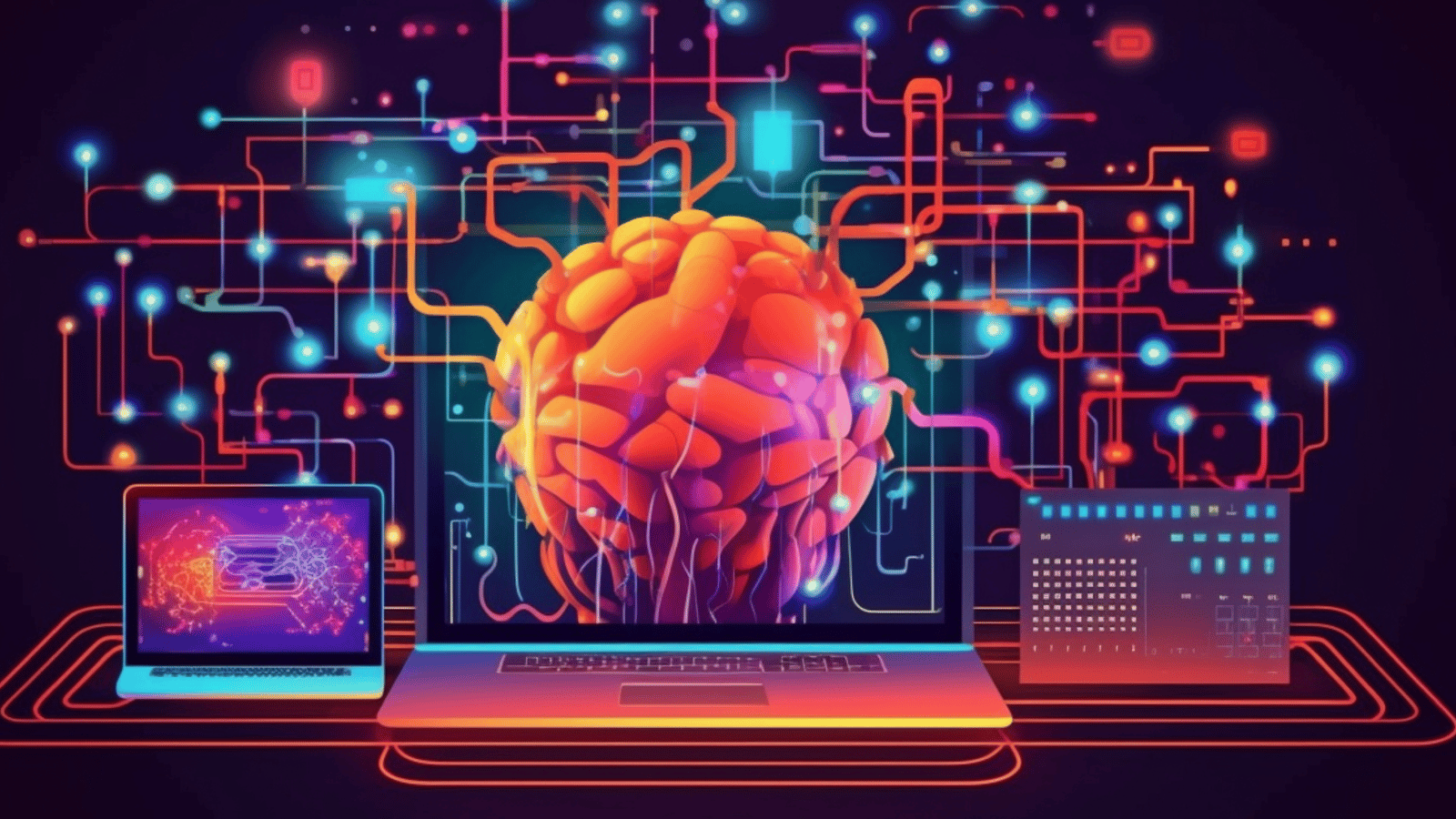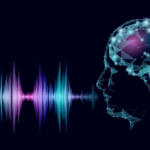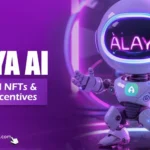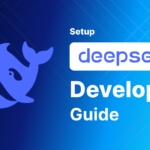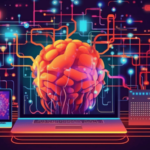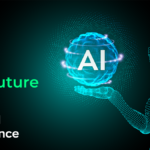Deep learning has become a cornerstone of artificial intelligence (AI), driving groundbreaking advancements across industries. Yet, for many, the underlying concepts remain elusive. In this article, we delve into the intricacies of deep learning, providing a detailed exploration to demystify this revolutionary technology.
What Is Deep Learning?
Profound learning is a subset of device learning, which itself is a component of AI. It utilizes artificial neural networks to mimic the workings of the human brain in processing data and creating patterns for decision-making. Unlike traditional algorithms, deep learning models excel at processing unstructured data such as images, text, and audio.
How Does Deep Learning Work?
At its core, deep learning relies on neural networks with multiple layers, often referred to as deep neural networks. Each layer processes specific features of the input data:
- Input Layer: Accepts raw data, such as pixels in an image.
- Hidden Layers: Perform complex computations to extract patterns. These layers are where most of the learning occurs.
- Output Layer: produces the final result, such as a label or prediction.
Deep learning models leverage massive datasets and powerful hardware, often incorporating GPUs or TPUs, to train effectively. Through a process called backpropagation, the model adjusts its internal weights to minimize errors.
Key Components of Deep Learning

Artificial Neural Networks (ANNs)
Neural networks form the backbone of deep learning. These grids consist of related nodes, or “neurons,” put in layers. Each neuron processes inputs through an activation function, such as ReLU or sigmoid, and passes the result to subsequent layers.
Activation Functions
Activation operations present non-linearity in the bar, allowing it to grasp intricate structures. Popular choices include:
- ReLU (Rectified Linear Unit): efficient for most deep learning tasks.
- Softmax: Ideal for classification problems.
Loss Functions
Loss functions calculate the discrepancy between expected and actual outputs. Common types include:
- Mean Squared Error (MSE): Used in regression tasks.
- Cross-entropy loss: often employed in classification problems.
Applications of Deep Learning
1. Computer Vision
Deep learning powers image recognition, object detection, and facial recognition systems. For instance, convolutional neural networks (CNNs) specialize in analyzing visual data, enabling advancements in healthcare (e.g., detecting diseases in medical scans).
2. Natural Language Processing (NLP)
Transforming text into actionable insights is another hallmark of deep learning. Applications include:
- Language Translation: Neural Machine Translation (NMT) systems like Google Translate.
- Chatbots and Virtual Assistants: AI-driven conversational agents like Siri and Alexa.
3. Speech Recognition
Deep learning enables accurate transcription and voice commands, integral to virtual assistants and transcription services.
4. Autonomous Vehicles
Self-driving cars rely on deep learning to process real-time data from cameras, LIDAR, and sensors to navigate and make decisions.
5. Predictive Analytics
From financial forecasting to weather prediction, deep learning helps organizations predict future trends with high accuracy.
Challenges in Deep Learning
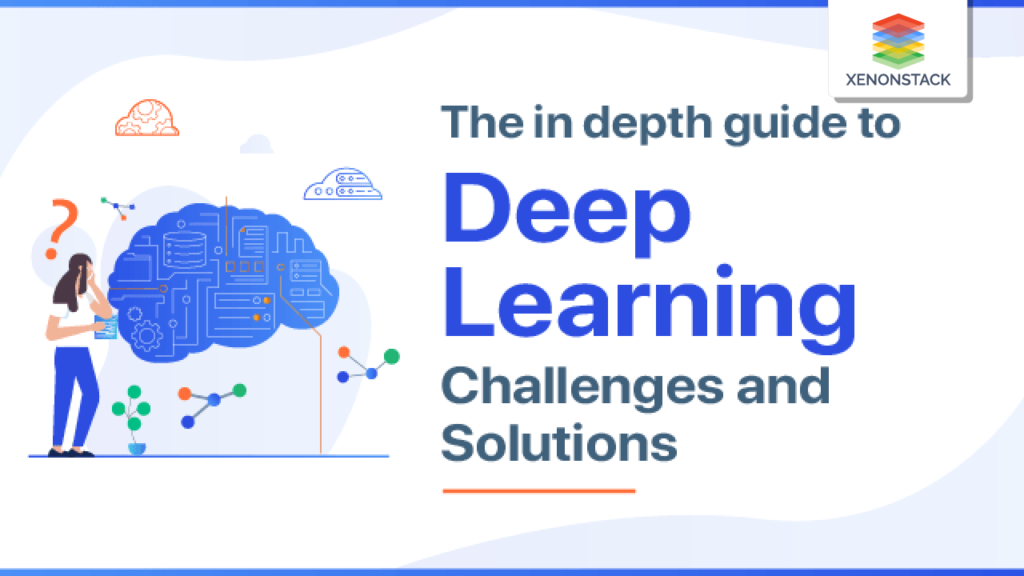
While deep knowledge shows tremendous potential, it is not without challenges.
Data Dependency
Deep learning models require vast amounts of labeled data, which can be costly and time-consuming to obtain.
High Computational Costs
Training deep learning models demands significant computational resources, often necessitating specialized hardware.
Interpretability
Understanding why a deep learning model makes specific decisions can be challenging, raising concerns in critical applications like healthcare.
Popular Deep Learning Frameworks
Several frameworks facilitate the development of deep learning models:
TensorFlow
An open-source library developed by Google, TensorFlow offers extensive tools for building and deploying deep learning applications.
PyTorch
Favored by researchers, PyTorch provides dynamic computation graphs, making it highly flexible for experimental use.
Keras
Built on TensorFlow, Keras simplifies deep learning model development with its user-friendly API.
Future of Deep Learning
The future of deep learning lies in addressing its current limitations. Few-shot learning, unsupervised learning, and transfer learning are paving the way for more efficient models. Additionally, advancements in quantum computing may revolutionize the computational capabilities of deep learning systems.
